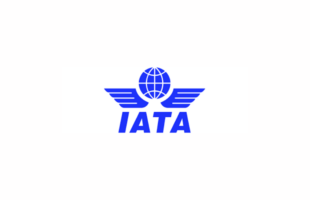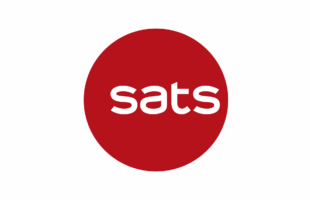Speaking at the Arab Air Carriers Organisation annual general meeting in Tunis, he said the Middle East/North Africa region’s projected US$200 million profit this year (down from US$300 million in 2007) will be generated by “only a handful of carriers, while most bleed red ink.” He cautioned MENA carriers on the “difficult” challenge of matching capacity to demand, as the fleet is set to double to 1,300 aircraft over the next decade. Passenger growth in the region “plummeted” from 18.1 per cent in 2007 to 4.3 per cent in August 2008, he pointed out.
The “serious” work facing the region’s carriers includes improving safety, Bisignani said. “We are safe, but the trend is going in the wrong direction,” he stressed. “There have been 25 fatal accidents [globally] this year, more than in either 2006 or 2007. MENA had no accidents in 2006, one in 2007 and two already this year.”
Seventeen MENA/IATA members are on the IOSA registry with 13 still closing their findings. Two years ago the Arab Civil Aviation Commission mandated IOSA for all airlines flying into the region, yet only Egypt has delivered, he said. Lebanon and Jordan are expected to follow soon.
MENA carriers also have homework to do on programs like IATA’s Simplifying the Business initiative, he urged, citing the slow implementation of barcoded boarding passes and low usage of common-use self-service kiosks.
Bisignani called on MENA governments to challenge Europe’s “illegal and unilateral” plan to incorporate aviation into its regional emissions trading scheme and said IATA will “soon” deliver a global carbon off set scheme. He said there have been “positive discussions” with a number of airlines in the region including EgyptAir, Royal Jordanian and Emirates on the matter. He also urged MENA governments to “think bigger and act faster” on facilitating greater commercial freedoms for air transport in the region.






